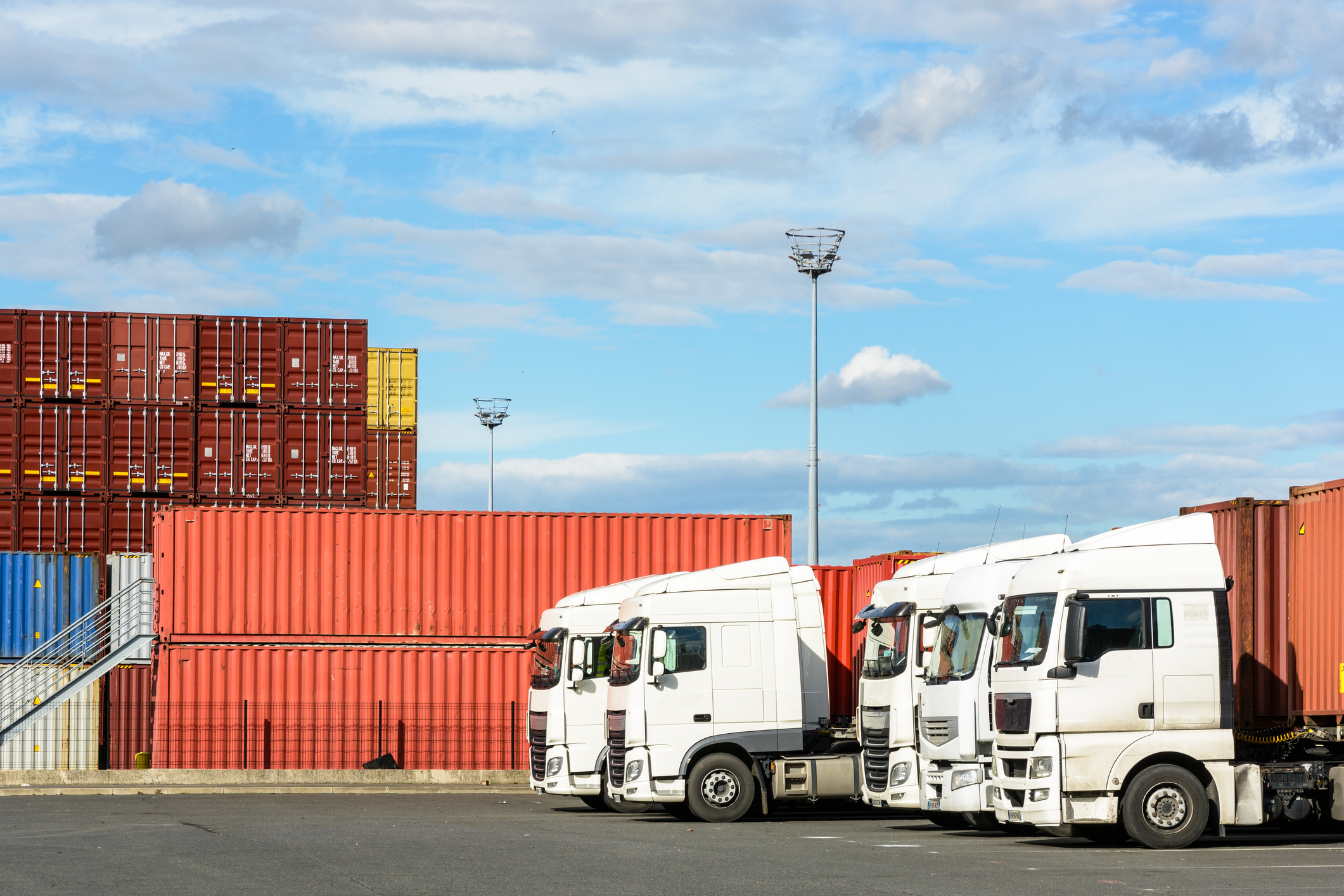 It’s Monday. Garbage Day! But oops…You forgot to roll the garbage can out to the curb last night, and it’s pretty close to the time the garbage truck takes care of your street. Is it too late?
It’s Monday. Garbage Day! But oops…You forgot to roll the garbage can out to the curb last night, and it’s pretty close to the time the garbage truck takes care of your street. Is it too late?
What if you could check an app on your phone to see where the garbage truck was at that moment, and where it had yet to visit on its daily route? You and other residents could see it hasn’t arrived yet, giving you another chance to get in on Garbage Day.
There are already plenty of location intelligence uses throughout the world today. But does location intelligence improve efficiency in local governments? That appears to be the case, and additional possibilities for even more efficiency remain.
How Can Local Governments Use Location Intelligence?
When you think about useful remedies to concerns in cities or towns, location intelligence can factor into the solutions. Even just having a brainstorming session results in numerous ideas for getting location intelligence to benefit communities.
Tracking Government Assets
The garbage truck example demonstrates how any asset owned by a city or town could be tracked by citizens and workers alike. Not only could residents benefit from knowing if the truck has already dropped by, but a supervisor who needs to know where their fleet is at any given moment has that much more data at their disposal to help plan the day, or even the week.
Keeping track of assets doesn’t have to necessarily be exclusive to mobile ones. Location intelligence could be used to keep track of land as well, especially parks — even down to the individual trees.
Has an invasive insect or parasite been damaging local trees or other vegetation? Tracking the locations of damaged trees and looking for patterns to find out where those invaders are located can quickly put a stop to it.
Traffic & Public Safety Notices
It happens all the time — new construction disrupts the flow of traffic, causing headaches throughout the city. What if residents could be notified directly that their routes are affected by the construction? Such real-time traffic data could not only help in the short term, but assist with long-term planning as well.
More urgently, public safety can get a boost by location intelligence, too. Not only can active situations be tracked and relayed to affected locals, but ongoing crises, such as a pandemic, can be better traced using location intelligence as well. In fact, the Centers for Disease Control and Prevention already recommends using such resources as Google Maps for contact tracing.1
Citizens could participate in this as well. Have you ever driven over a dangerous pothole or a too-bumpy road? These events could be tracked and sent to the local officials to let them know about road conditions that need improving, and fast.
Property Disputes
Having as much map data as possible can assist with checking property records and measurements to ensure that property — whether it’s private, commercial, or government — is being used accurately in accordance with the actual property lines. Even using drones to gather data can be useful here.
Location intelligence could be used as another item of record to present during any formal disputes about where a certain piece of property begins or ends.
Benefiting Communities
The ultimate goal of using location intelligence is to benefit communities. Getting information to residents as quickly as possible, keeping an eye on where city vehicles are in their routes, and tracking public safety issues more quickly can all make for a better living experience when done properly.
Challenges of Location Intelligence for Local Governments
In a perfect world, everything that benefits the citizens of a town or city could be implemented in a heartbeat, but we all know the world is far from perfect. Like anything, putting forth location intelligence policies and protocols has its fair share of obstacles.
One major challenge is the budget. Big cities may have all kinds of money to spend on the technology and workers needed for producing such a service, but small towns in rural areas may struggle with putting their smaller budgets towards such new and high-tech conveniences. And they might not even have existing GIS technology in place to get the ball rolling.
What’s more, any location intelligence policy must adhere to all privacy laws, and citizens’ concerns about the privacy aspect of location intelligence for government use would have to be addressed with care and honest discussions and procedures.
Making sure the technology is up to the task is also key. While what we have today is certainly quicker and more accurate than the all-paper maps of yore, some of the ideas out there for leveraging location intelligence to benefit local communities could eventually require major technological advances or overhauls.
Much of today’s GIS and API technology already works wonders and can likely be modified to handle certain new location intelligence methods, though the future will almost certainly hold new horizons and advancements we haven’t even thought of yet. Right now, however, HERE Map Data is a viable solution for needs of varying sizes and budgets.
Using HERE Map Data for Local Intelligence
HERE Map Data is a great tool for location services, with the ability to provide applications data that they can use to track fleets in real-time, pinpoint location data, access speed limit data, notify users of boundaries, and so much more.
Even if a local government just wanted to have information available to residents on its website, HERE Map Data is a great way to track and present it. People could possibly see general maps of the area and even information on some local landmarks, plus get usage stats on local waterways and the like. It’s a good place to start.
Would you like to learn more about what HERE Map Data has to offer? Download our free guide, HERE Map Data: A Comprehensive Overview. Just click the link to fill out the form, and it’s yours!
SOURCES
1Centers for Disease Control and Prevention, COVID-19 Appendices, COVID-19 Contact Tracking
Subscribe to ADCi's Blog
Related Posts
.jpg)
5 Unexpected Ways Location-Based Services Benefit Businesses

4 Location Technology Trends With Global Influence in 2020 (and Beyond)

